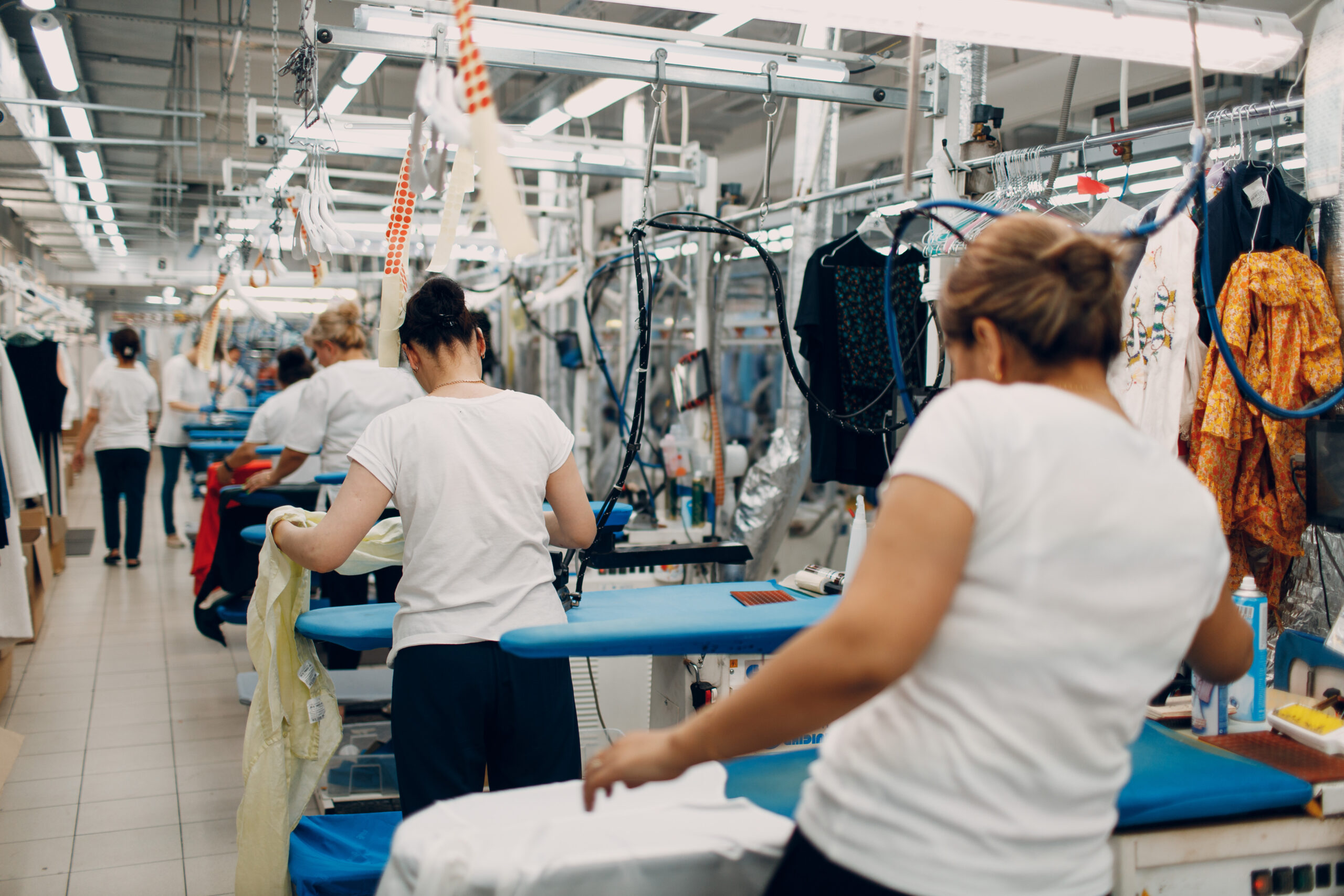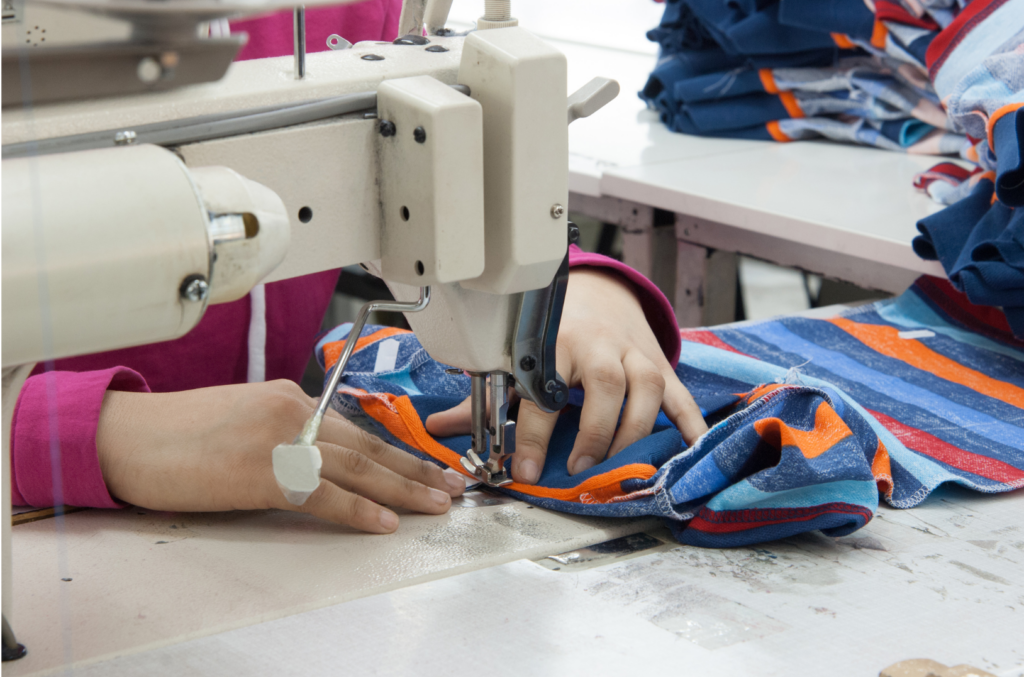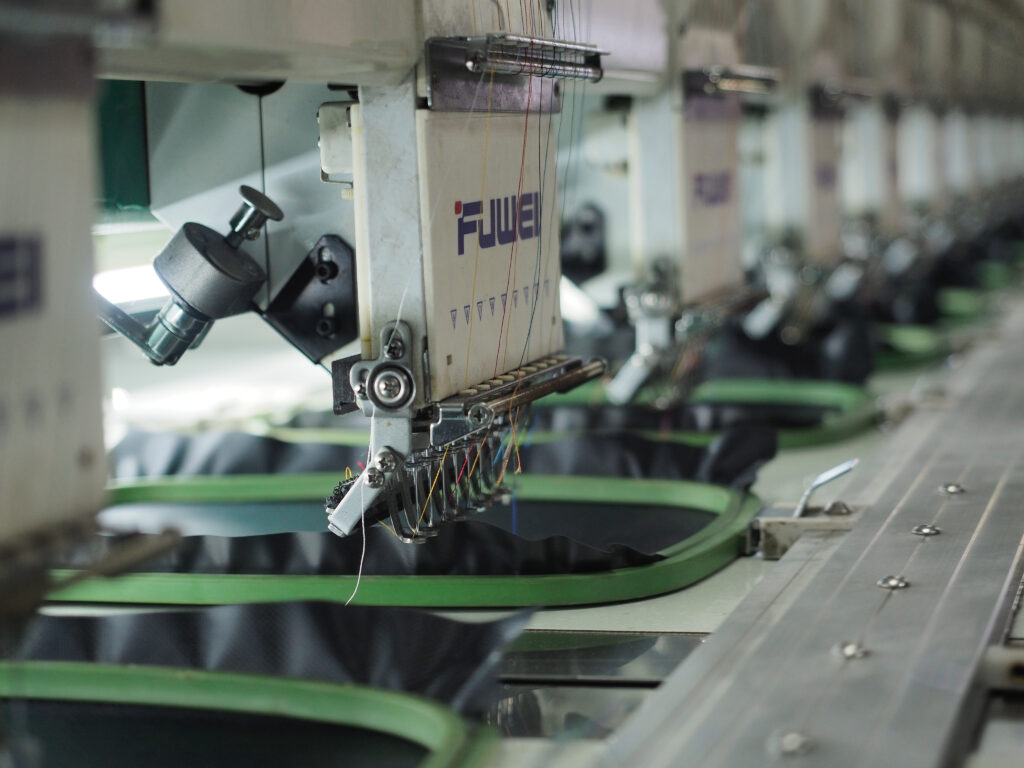San Francisco, Amsterdam, Hong Kong – November 8, 2022: In partnership with the UN Climate Change-convened Fashion Industry Charter for Climate Action (Fashion Charter), the Sustainable Apparel Coalition (SAC) has led the development of new guidance to help apparel and footwear companies more efficiently and consistently measure their purchased goods and services (PG&S) emissions. This is now available for public consultation, with input being welcomed until November 30.
For apparel and footwear brands and retailers, PG&S emissions result from all the value chain activities that go into making finished products, from raw materials to fabric manufacturing to product assembly. For companies operating in the apparel and footwear sector scope 3 emissions are usually the vast majority of their total emissions.
For every company setting a Science Based Target, the foundation of the target is an inventory of greenhouse gas (GHG) emissions across scopes 1, 2, and 3. While the GHG Protocol has published technical guidance for calculating PG&S emissions and other scope 3 categories, the instructions for computing PG&S emissions are generic and not specific to the apparel and footwear sector.
The purpose of the guidance is to provide apparel and footwear sector-specific guidance for calculating PG&S emissions so that:
- There is greater consistency in how apparel and footwear companies develop their PG&S inventories
- Companies can overcome common challenges faced by the sector, for example the need to use a combination of primary and secondary data
- Companies starting the process of measuring PG&S emissions can do so more efficiently and in line with industry practice – which in turn should result in more companies measuring emissions and setting targets
- Over time, with more consistent inventories, the apparel and footwear sector will be able to more accurately gauge its progress towards the GHG reductions needed to stay aligned with SBTs
More information, and to provide feedback on the guidance, please see: https://unfccc.int/climate-action/sectoral-engagement/global-climate-action-in-fashion/fashion-industry-charter-for-climate-action/fashion-industry-charter-for-climate-action-resources. There is a section to add comments at the bottom of the page.
— ENDS —
About the Sustainable Apparel Coalition:
The Sustainable Apparel Coalition (SAC) is an independent and impact-creating organization that aims to lead the industry toward a shared vision of sustainability based upon a joint approach for measuring, evaluating, and improving performance.
As a non-profit organization, it has members from across the apparel, footwear and textile sector, but exists independently outside any one company so that it can drive progress. The SAC’s collective action efforts bring more than 280 global brands, retailers, manufacturers, NGOs, academics and industry associations together. They represent about half of the apparel and footwear industry along the whole supply chain – from sustainability pioneers to organizations just getting started.
Before the SAC existed, companies worked in a siloed way, using their own programmes and measurements that lacked standardization and an ability to drive collective action. In 2009, Walmart and Patagonia identified this as a serious problem. Joining forces, they brought together peers and competitors from across the sector, to develop a universal approach to measuring sustainability performance and founded The Sustainable Apparel Coalition.




